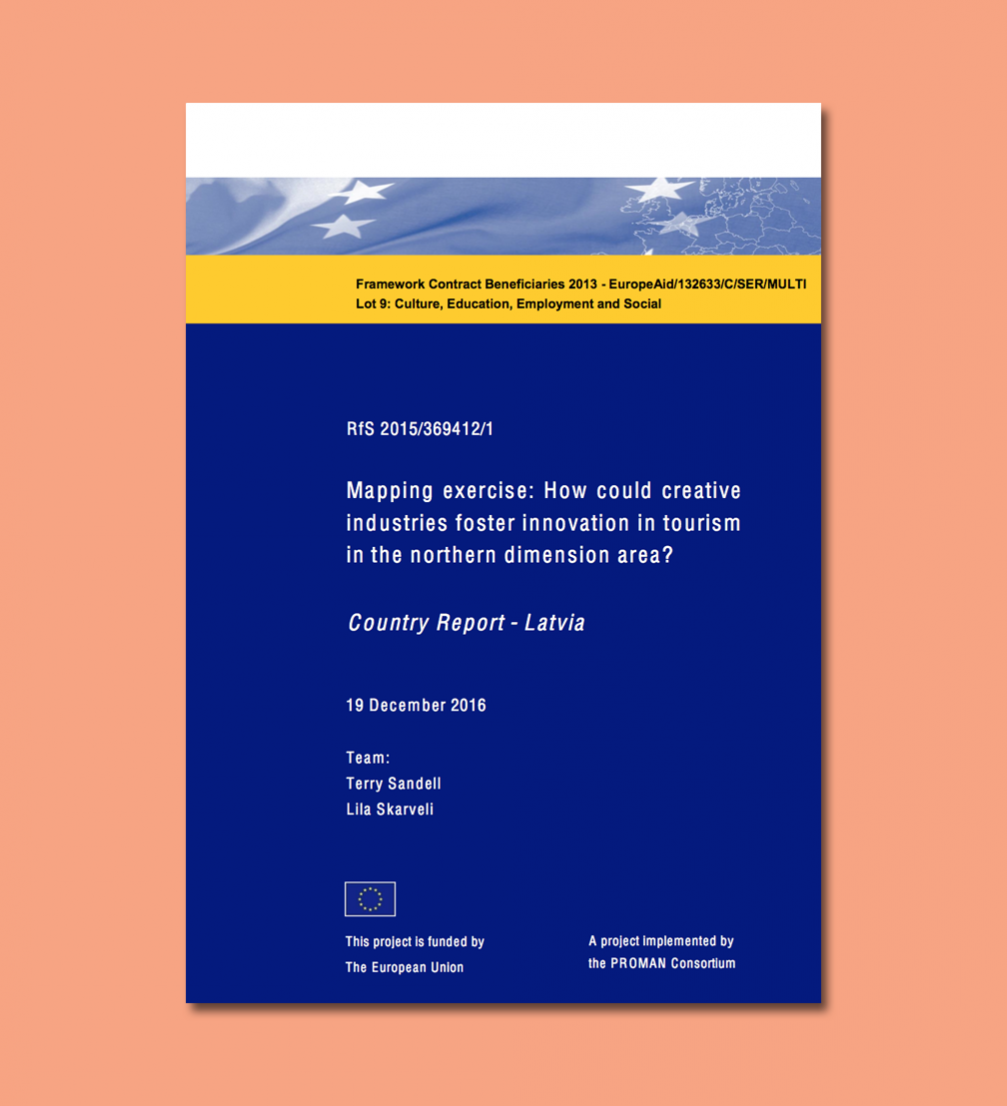
The Northern Dimension Partnership on Culture has recently published a report «Mapping exercise: How could creative industries foster innovation in tourism in the northern dimension area?». The activity, completed in a rather short time, had set an ambitious goal — to produce an extensive cross–country report as well as regional reports on the collaboration of tourism and creative industries sectors in eleven Baltic Sea region countries, including Latvia.
The report aims to map out the development of cultural and creative industries and tourism, analyse selected case studies and present recommendations for a productive and sustainable collaboration of both sectors within the states of the Northern Dimension: Denmark, Sweden, Norway, Finland, Latvia, Lithuania, Estonia, Russia, Iceland, Germany, and Poland. The researchers note that tourism and creative industries share many characteristics — both sectors are fragmented, dynamic, numerically dominated by SMEs, micro–businesses and sole traders. In the case of a successful cooperation, the sectors enhance one another, however, there haven’t been enough attempts to bring professionals of creative industries and tourism together with the help of policies or support mechanisms. The tourism industry makes the creative industries match demand with supply, whereas the creative sector helps to develop contemporary, innovative and user–friendly tourism solutions. According to the researchers, the potentially most successful areas for interaction of tourism and creative industries in the northern region are design, development of digital applications, services and games, festivals of various sizes and content, development of tourism routes and paths, museums, and participation of cities and countries in international events.
The tourism industry makes the creative industries match demand with supply, whereas the creative sector helps to develop contemporary, innovative and user–friendly tourism solutions.
The researchers have come to a conclusion that tourism and creative industries cooperation in the Nordic region is held back by the varying definitions of creative industries from country to country, as well as the classification of the sector — in several countries creative industries exist as a distinct sector, but in others they are part of something wider, such as the creative economy or innovations and entrepreneurship. Because of an evolving and differing understanding in country terms of what the creative industries constitute, there is no common statistical base which would allow clear comparisons or benchmarking at European level. However, this has little impact on building collaborations in the private sector.
Cultural and creative industries and tourism in Latvia
Over the last decade, cultural and creative industries have rapidly developed in Latvia just as in the other two Baltic states. The definition of creative industries in Latvia was included for the first time in the «Guidelines for the State Cultural Policy of Latvia for 2006–2015». The Latvian definition of creative industries is as follows: «Creative industries are based on individual or collective creativity, skills and talent, and they are able to improve welfare and create jobs by creating and using intellectual property. They create, develop and produce products and services of value in the development of the economy.»
In the cultural policy guidelines «Creative Latvia 2014–2020», development of creative industries has been made one of four core priorities. With less intensity than in, for example, Finland, Latvia has a tendency to link creative industries to entrepreneurship development, which is the responsibility of the Ministry of Economy. Authors of the report commend innovation and start–up development in Latvia, as well as the operational scope of business incubators and increase of funding for the development of creative industries.
Seen as one of Latvia’s main drivers of economic growth, tourism is an important source of export revenue and a key contributor to the GDP. The report shows that in 2014, the latest year for which figures are available, tourism directly constituted 3.8% of Latvia’s total GDP of 24.1 billion euros. The tourism sector in 2014 accounted for almost 75,000 jobs, which represented 8.5% of total employment in the country. Latvia’s most competitive strategic tourism sectors are MICE (Meetings, Incentives, Conferences and Events) tourism, health and well–being tourism, nature tourism, cultural tourism and adventure tourism.
Although the idea of the study was to understand how creative industries can foster the development of innovations in tourism in the Baltic Sea region, it analyses both sectors separately, and does not provide an answer to the initial research question. However, the document features a clear overview of state institutions of both sectors as well as the sources and amount of available public funding.
Local case studies
The researchers highlight the importance of tourism and creative industries cooperation by introducing several best practice examples. Unfortunately, this is the weakest part of the report — among the selected examples are locally well known creative industries initiatives, but their relation to tourism in many cases seems far–fetched. It is obvious that the authors have followed someone’s recommendations and relied on information found online without a critical assessment. Among the ten case studies there are three from the Vidzeme region, while the other three regions of Latvia and such popular tourism destinations as Liepāja, Jūrmala or Kuldīga haven’t even been mentioned.
Involvement of creative industries in the work of museums encourages development of the services provided by museums, attracts the interest of tourists and forms an image of Latvia as a cultural tourism destination.
The authors introduce Creativity Week «radi!» as the first example of collaboration of the sectors. In 2016, the annual event was dedicated to development of museums with an international conference «Restart Museum» as its main event . The conference was organised by the Creative Industries Division of the Ministry of Culture and and independent think–tank «Creative Museum». Focusing on the interaction of museums and creative industries, it analysed the process of revamping of museums and how it is percieved by different involved parties. Involvement of creative industries in the work of museums encourages development of the services provided by museums, attracts the interest of tourists and forms an image of Latvia as a cultural tourism destination.
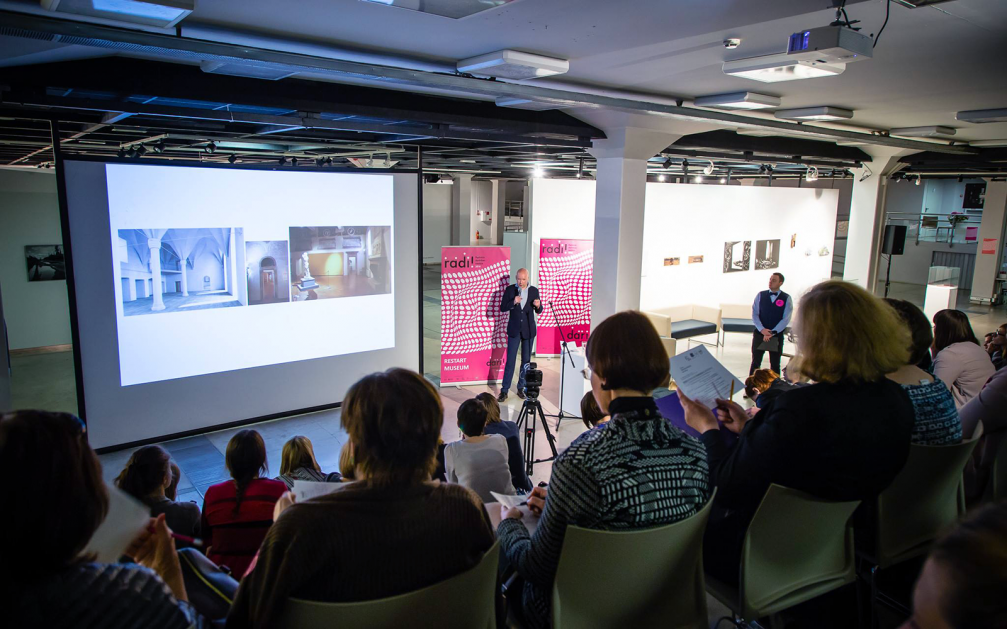
The international innovation platform «Demola Latvia» and «RaPaPro» creative partnerships programme are also listed among the positive examples. The aim of «Demola Latvia» is to foster collaboration between students, universities and companies in creating innovation, whereas «RaPaPro» is a programme for building new partnerships in cultural vocational schools in Latvia. «Demola Latvia» has had a collaboration with the airline «airBaltic», which linked the brand of Latvia to ecological lifestyles and nature–friendly thinking. One of «RaPaPro’s» projects has resulted in an audio guide for the city of Liepāja. At the same time, the researchers haven’t paid attention to the long–running collaboration of «airBaltic» and local creative agencies or the recently completed concert hall «The Great Amber» in Liepāja, which is a potent magnet for international tourism.
A positive interaction between creative industries and tourism is fostered by the memory game «Vidzeme». The game invites to get to know this particular region of Latvia with the help of 40 printed blocks, a transformation of a previously virtual project into a board game. Cēsis is named as another case study from the Vidzeme region — a small town that has captured the attention of Latvia’s residents and tourists with the help of creative industries. In the context of Cēsis, the report introduces FOLD and the magazine «Creative Cēsis», published last year, and even describes one of FOLD’s architecture summer school’s installations in detail, but merely mentions Cēsis Art Festival, which, without a doubt, attracts much more visitors and brings together a vast array of creative disciplines.
Among festivals in Latvia, the report highlights «Positivus» and «Digital Freedom Festival» as well as boldly states that Ģirts Majors, the organiser of «Positivus», has invested more in creative industries and tourism than any successful cultural policy could. In general, the authors are not fond of festivals in Latvia, describing them as «by their nature often one–off, narrowly–focussed, sometimes self–absorbed and usually of short duration.» As a creative solution, they suggest pairing classical music festivals with youth–oriented fashion pop–up events.
«Riga — 2014» and the Latvian EU Presidency have transformed Riga’s image from a cheap stag weekend destination to a reputable up–market cultural tourism city.
The list of case studies includes two significant international events for Latvia — «Riga — European Capital of Culture 2014» (ECOC) and the Latvian Presidency of the European Union Council. During the ECOC, there were 488 individual activities or projects organised under six main themes. During the Latvian EU Presidency over 2000 cultural events were held and it generated close to €64.5 million in revenue. Both European experiences have strengthened Latvia’s ability to organise large scale and internationally significant events, leaving a positive impact on the tourism sector as well as on creative industries. The report offers a comprehensive evaluation of «Riga — 2014» and the Latvian Presidency of the EU and concludes that it is thanks to these international events that Riga is no longer viewed as a cheap stag weekend destination, but a reputable up–market cultural tourism city.
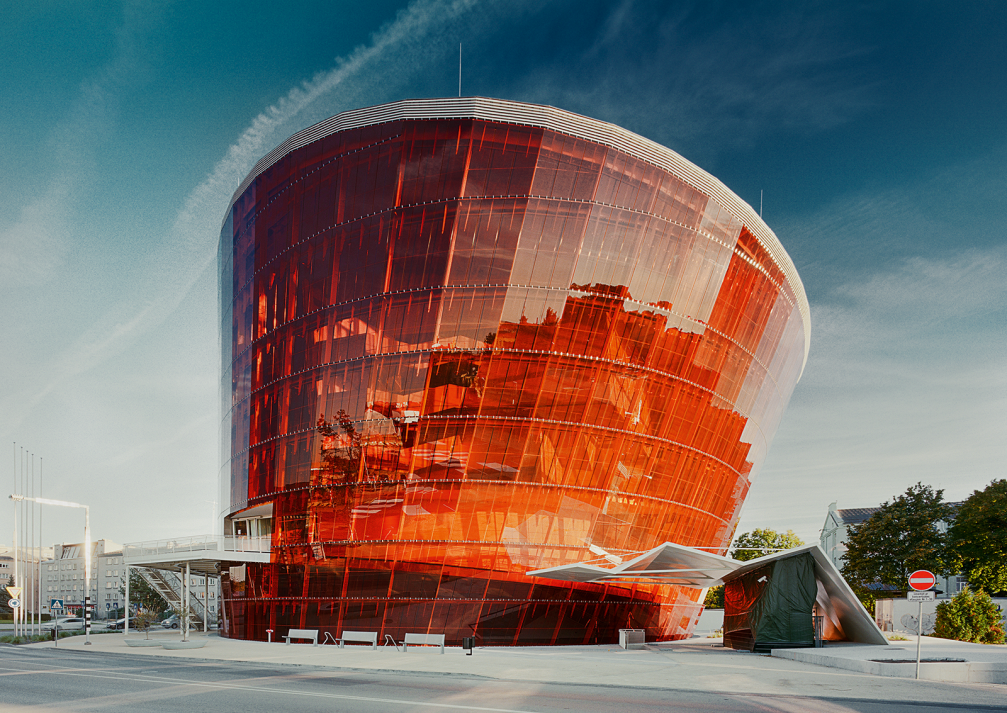
Long–term cooperation needed
Despite some positive indicators, the report concludes that collaboration of tourism and creative industries is taking place, but its potential is not fully exploited. In many cases where there appears to be a creative industries – tourism relationship, the cooperation is not systematic, and not always an imaginative relationship creating long–term or innovative synergies.
There are practical obstacles for this — a national tourism body or city tourism agency often plans their actions a year to eighteen months in advance, whereas in creative industries the project cycle is much shorter. It may also happen that tourism agencies are only interested in promoting a very limited range of creative industries products or services. There are areas where it is believed that the tourism industry only consumes the creative sector rather than engages with it productively and innovatively.
To implement the idea of cooperation, purposeful and planned actions are needed. Cross–sector cooperations must be selective, realistically focussed and take a segmental approach.
The researchers are clear about the fact that development of collaborations between tourism and creative industries in Latvia needs improvements. Neither of the sectors is trying to address this question on a practical, political or strategic level. To implement the idea of cooperation, purposeful and planned actions are needed. One of the most valuable recommendations is that building of cross–sector cooperations must be selective, realistically focussed and take a segmental approach.
Even though the report in its totality provides a valuable insight of creative industries, tourism and innovation in the Baltic Sea region countries, the interaction of the sectors is not viewed in sufficient detail. The authors put forward many guesses without looking for evidence, the conclusions are generalised, and a concrete plan of action is missing. In the beginning of the report the authors state that creative industries and tourism in Latvia don’t cooperate, but it remains unclear how they have come to this conclusion. The report needs amendments, and the authors admit that the time frame for the job has been too tight — the cross–country report and eleven regional studies were prepared in just 105 business days, by two researchers. During this time, the authors managed to visit all countries, limiting their stays to five days and capital cities only. There is no doubt that interviews with professionals of each sector would allow to get to know the industries from the inside and build an understanding of the current issues. The report does not include any information on the used methodology, precise sources of information are missing, and such statements as «large numbers of young people are moving to Cēsis» are not supported by data. Because of these reasons «Mapping Exercise» is a fitting name to the document, and hopefully it will not be mistaken for a comprehensive, data–based research.
The report «Mapping exercise: How could creative industries foster innovation in tourism in the northern dimension area?» has been prepared by the international consulting agency «PROMAN» for the Northern Dimension Partnership on Culture Partnership (NDPC) with financial assistance of the European Commission. The full report is available on the website of NDPC.


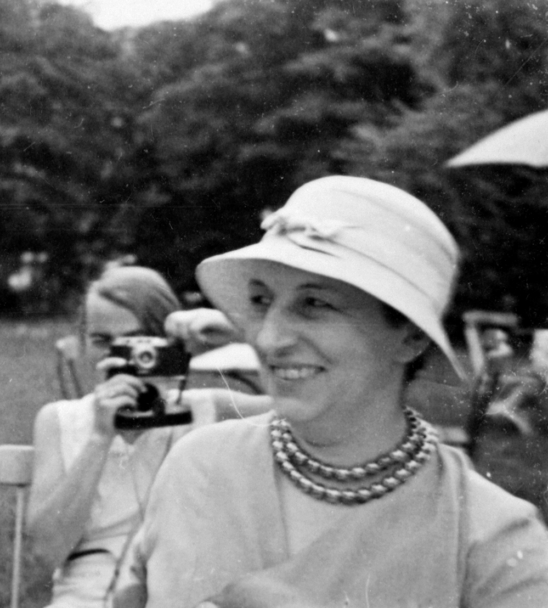
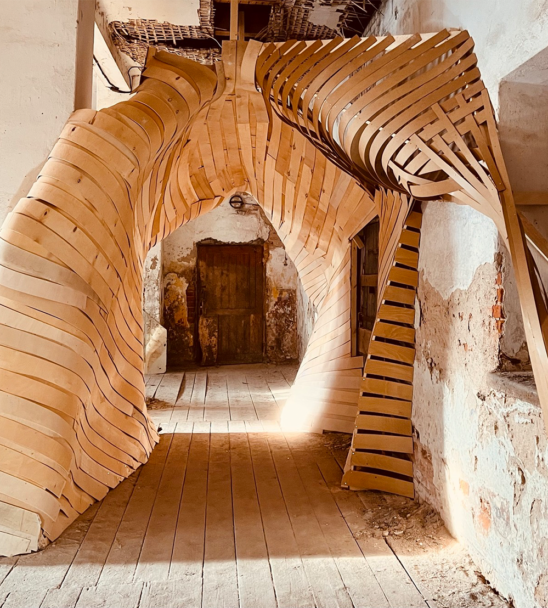
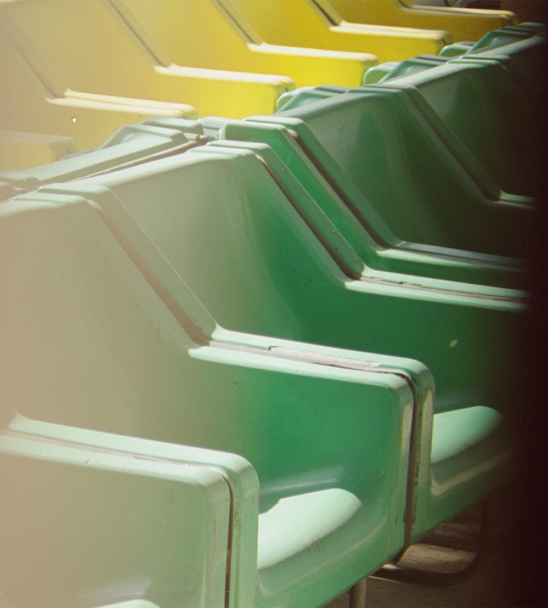
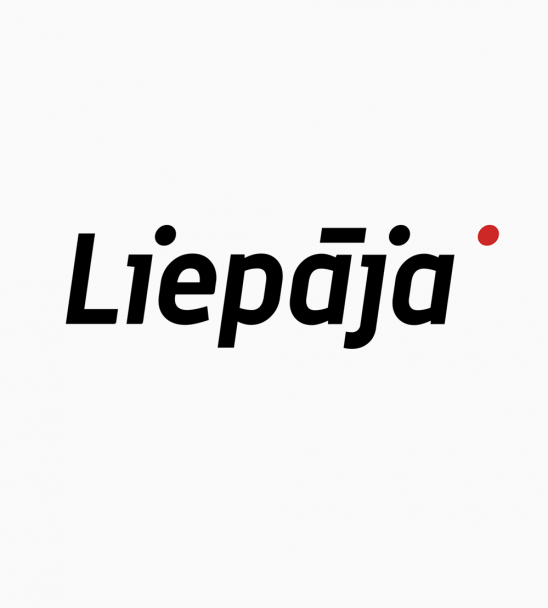
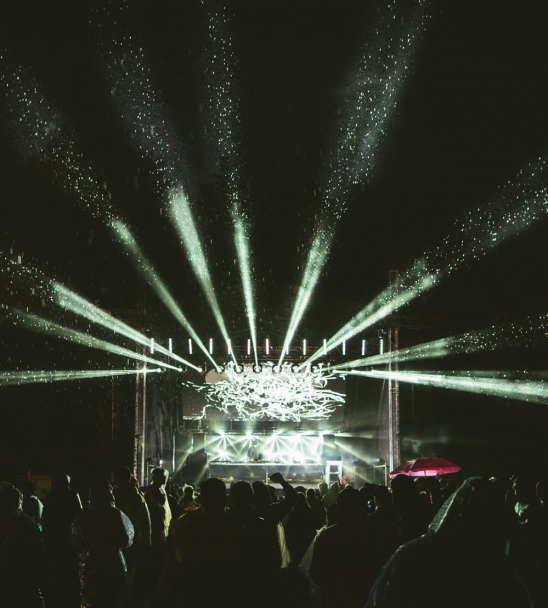
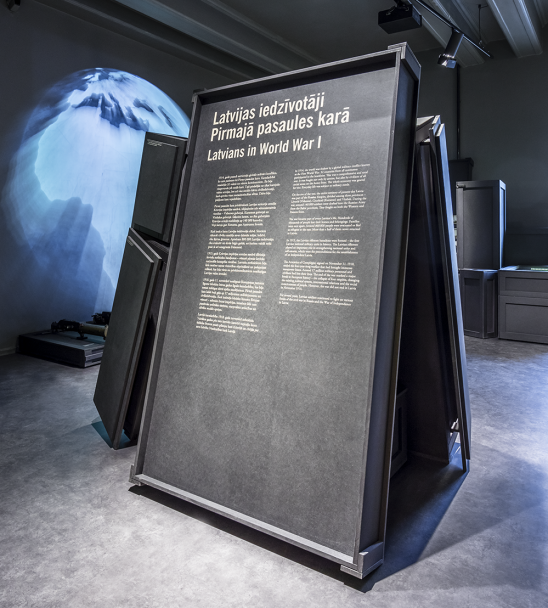
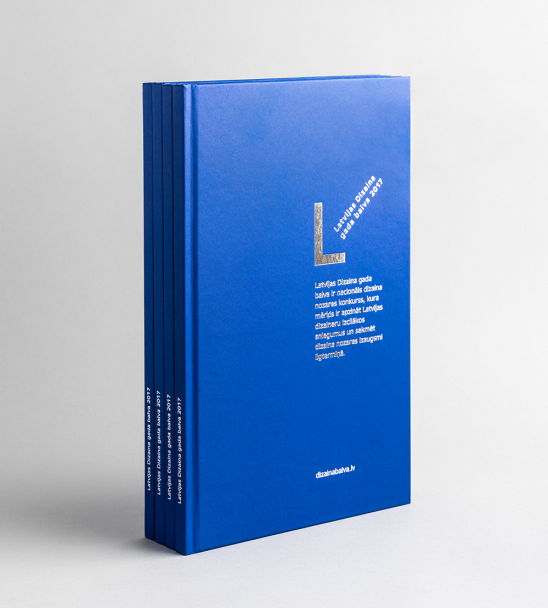
Viedokļi